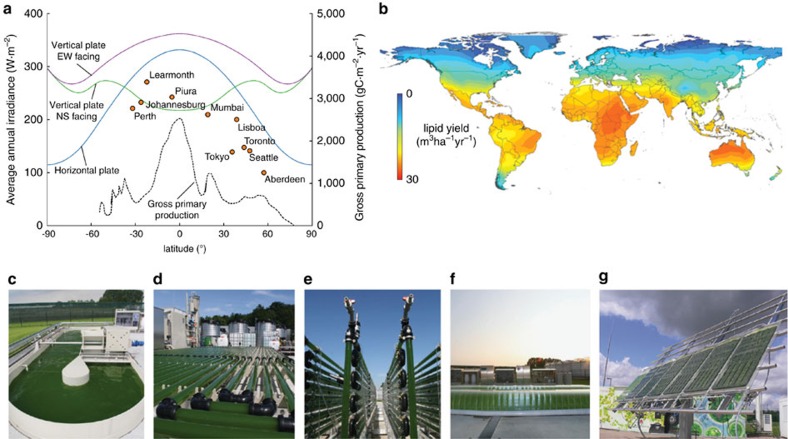Figure 2. Managing solar light collection for microalgal cultivation.
(a) Average annual solar irradiance by latitude based on clear sky models (solid lines) for different flat plate photobioreactor orientations. Also shown are actual measured irradiances (circles) at different locations around the globe showing the impact of weather and atmospheric conditions. The global gross primary production in grams of carbon sequestered per square metre per year (gC·m−2·yr−1) from photosynthesis by latitude (black dashed line) shows strong correlation to irradiance. Gross annual production is the average result from several different data-driven models using the model tree ensemble, artificial neural network, light use efficiency, and the Köppen-Geiger cross Biome approaches. (b) Estimation of global annual lipid productivity based on growth models typical of Nannochloropsis. Results are interpolated using data from 4,388 locations around the globe and account for the availability of resources, including light, for microalgal cultivation. (c–f) Examples of different photobioreactor configurations at the Algae Production and Research Center (AlgaePARC) in the Netherlands showing examples of pilot scale (c) raceway (volume=4,730 L), (d) horizontal tubular (volume=560 L), (e) vertical tubular (volume=1,060 L) and (f) flat plate (volume=390 L) photobioreactors. (g) A solar-tracked photobioreactor in Hamburg-Reitbrook, Germany (volume=263 L). (a) gross primary production data adapted from ref. 1, irradiance data retrieved from Meteonorm Global Meteorological Database (http://meteonorm.com/), (b) adapted with permission from ref. 21. (c–f) Reproduced from ref. 22 with permission from Elsevier (g) reproduced from ref. 24 with permission from Springer.

